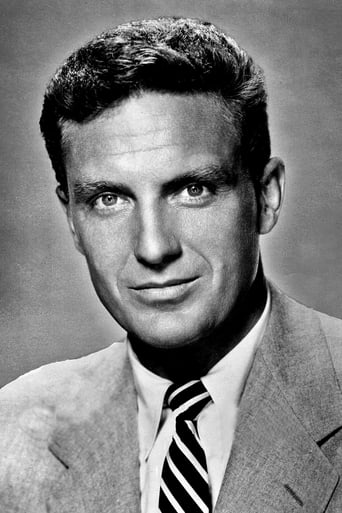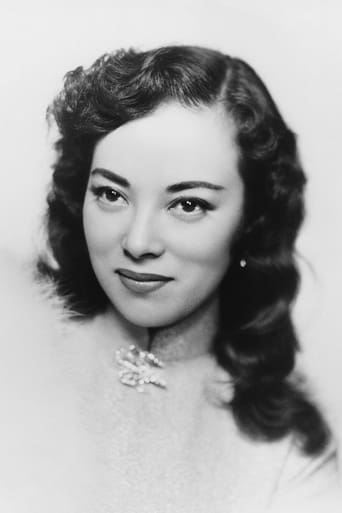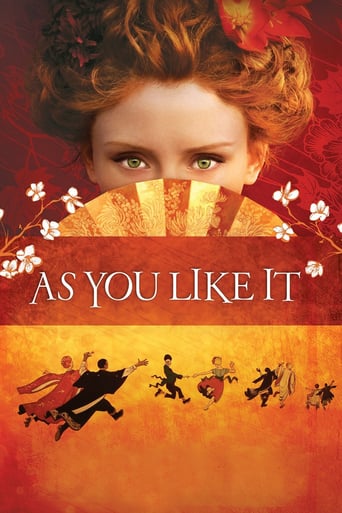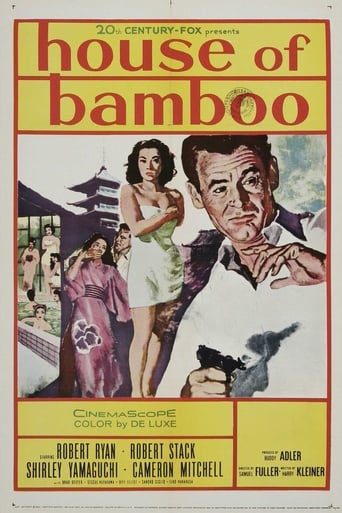

House of Bamboo (1955)
Eddie Kenner is given a special assignment by the Army to get the inside story on Sandy Dawson, a former GI who has formed a gang of fellow servicemen and Japanese locals.
Watch Trailer
Cast
Similar titles
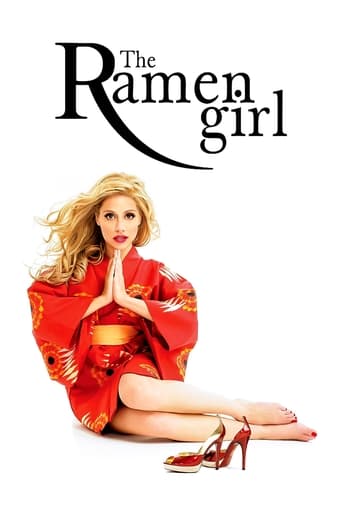
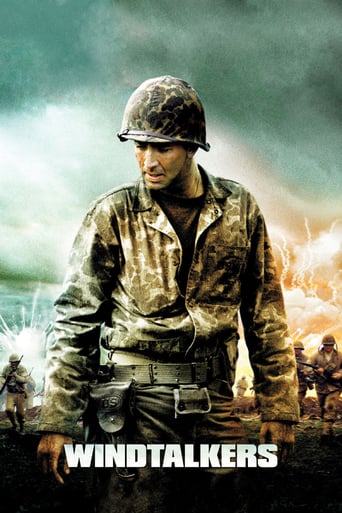
Reviews
Thanks for the memories!
Good story, Not enough for a whole film
As Good As It Gets
It is an exhilarating, distressing, funny and profound film, with one of the more memorable film scores in years,
Some purists would insist that a film noir shot in colour is a contradiction in terms, but there were some American crime dramas from the fifties which had all the typical characteristics of noir apart from monochrome photography. Henry Hathaway's "Niagara" was one example, and Samuel Fuller's "House of Bamboo" is another. It is based upon the rather unlikely premise that an organised crime gang, consisting exclusively of white Americans, was operating in fifties Japan without the Japanese police suspecting who was responsible for the string of daring robberies they carried out. (The Yakuza, the traditional Japanese mafia, might also have had something to say about a gang of gaijin trying to muscle in on their turf).Nearly all the major characters are American, including the hero Eddie Spanier, a military police investigator who infiltrates the gang. (The military police have jurisdiction because an American soldier was killed during one of the gang's raids). We later learn that "Eddie Spanier" is not in fact his real name- it is the name of a criminal whose identity he has assumed- but to avoid confusion I will refer to him as "Eddie" throughout. The one major Japanese character is Mariko, Eddie's girlfriend and the widow of another gangster killed in an earlier raid. Mariko is played by Shirley Yamaguchi, whom I assumed from her first name to be an American of Japanese descent, but in fact she was a Japanese citizen and a star of the Japanese cinema in the forties; she changed her original given name, Yoshiko, to something more familiar to English-speakers when she moved to Hollywood. This film is a remake of an earlier noir, "The Street with No Name" from 1948, which has a similar plot but was made in black-and-white and set in an American city; one plot difference is that the earlier film has no character equivalent to Mariko- indeed, no major female characters at all. "The two films had the same screenwriter (Harry Kleiner) and cinematographer (Joseph MacDonald), but different directors. "The Street with No Name" is not one of the classic noirs, but it is a decent enough crime drama, and I cannot really see why it needed to be remade after only seven years. "House of Bamboo" never really tells us anything about fifties Japan or Japanese- American relationships; the purpose of setting it in Japan, and of shooting it in colour, was presumably only to give it an exotic feel.Fuller's wide-screen photography is probably the best thing about "House of Bamboo", which was shot entirely on location in Japan. The opening scenes, which show the train steaming through the snow-covered Japanese countryside before it is attacked by the gangsters, are particularly memorable. The script and the acting, however, are nothing special. "The Street with No Name" has one very good performance from Richard Widmark as the principal villain, but there is nothing comparable here. The one thing that could have made the later film stand out was the chance to explore some of the moral ambiguities involved; Eddie is ostensibly one of the good guys, on the side of law and order, but in order to maintain his cover he has to go along with, and even participate in, several violent crimes. This opportunity, however, was missed, and little is made of this aspect of the film. Neither does the film explore too closely the curious friendship which grows up between Eddie and Sandy, the gang leader, possibly because there is a hint that, at least on Sandy's side, this friendship includes a hint of homosexual attraction. In 1955, however, hints like this could not be developed too fully. Two years earlier Fuller had made one of the great noirs, "Pickup on South Street" (which also starred Widmark). "House of Bamboo" is not in the same class. 5/10
Due to the gangster milieu, this is often classified as a film noir and due to its plot lifted from the earlier crime-doc, A Street With No Name: it's more like the latter crossed with Love Is A Many Splendored Thing; probably no coincidence it was made by the same studio the same year. And even though this is a tough crime film about imported corruption from America co-existing with the army, it is full of pretty picture postcard moments and rich with yearning violins that soar whenever the kimono girl looks longingly at wooden Robert Stack; it so many ways it lacks the out-of-control hysteria that makes Samuel Fuller films interesting (Shock Corridor, for instance, or The Naked Kiss, both gritty and kinetic), but there are enough set pieces here to make this interesting--a spectacular finale atop a Tokyo amusement park, and a smoky robbery, and as always, Robert Ryan delivers a quietly menacing performance, reliably sinister and making the 102 minutes worthwhile
Samuel Fuller's "House Of Bamboo" is a violent crime thriller which initially makes a strong impact because its visual style is so radically different to that seen in his earlier film noirs. Whilst Fuller's normal directness, lack of sentimentality and well staged action sequences are all in strong evidence, the use of cinemascope and colour photography add a new dimension and create a very fresh and stunning backdrop to the action.This movie (which is a remake of "The Street With No Name") was the first Hollywood film to be made in post-war Japan and is remarkable for how successfully it captures the splendour of the local landscape and how well it integrates its beautifully photographed location footage into a story which is quite dark.Near Mount Fuji in 1954, a military train is robbed by a bunch of criminals who steal its cargo of guns and ammunition. An American army sergeant is killed and the subsequent joint American/Japanese investigation is helped some weeks later when, after another robbery, a wounded criminal called Webber (Biff Elliot) is found with injuries caused by the same type of bullets which were used in the train robbery. Before he dies, Webber doesn't disclose the names of his accomplices who left him for dead but does mention that he has a Japanese wife called Mariko (Shirley Yamaguchi).Webber had an American friend called Eddie Spanier (Robert Stack), an ex-con who turns up a little later and makes himself known to Mariko before attracting the attention of local gangster Sandy Dawson (Robert Ryan). Dawson's gang is made up of ex-G.I.s and they regularly carry out robberies which are organised using military style planning. There is a rule that if any gang member gets injured during a robbery, one of the other gang members will kill him to avoid any risk of him talking if he gets caught by the police.Eddie and Mariko embark on a relationship and she lives with him as his "kimono girl". Dawson recruits Eddie into his gang and fellow gang member Griff (Cameron Mitchell) immediately becomes jealous of how close the two men become as he'd previously been Dawson's "ichiban" (number one boy).Eddie reveals to Mariko that he's actually Eddie Kenner, an undercover agent working for the military police and she subsequently acts as a go-between with Eddie's superiors. Things then get rather tense for Eddie when Dawson calls off a planned robbery when it becomes clear to him that the authorities know about it and he's determined to find and punish the informant."House Of Bamboo" features a great deal of violence with numerous people getting garroted, a few gang members getting killed and a spectacular shoot-out in a top class set piece which concludes the action. There's also a cultural rift as neither the Americans or the Japanese show any respect or appreciation of each other's cultures and Mariko is even snubbed by her neighbours because of her relationship with an American.This story of deception, betrayal and ruthless criminality is made even more entertaining by its characters and some of the interesting pairings that it features. Apart from the aforementioned apparent incongruity of a dark, gritty crime drama being played out in scenery which is light, colourful and extremely beautiful, there's also an American who has no interest in the Japanese language or culture pairing up with a Japanese woman. Dawson also provides some interest in this regard as he dumps his number one boy because he becomes attracted to Eddie.Robert Ryan's performance as the cunning psychopath is both powerful and subtle as he's seen on different occasions being menacing, less guarded when talking to Eddie and during one robbery, acting out of character by disobeying his own rules. The supporting performances are also generally good.
Samuel Fuller goes to Japan and makes a Cinemascope combination of THE THIRD MAN and WHITE HEAT. A gang of ex-GI ne'er-do-wells running rough-shot over the Japanese pachinko parlors gets its comeuppance when a government man infiltrates their ranks. Robert Ryan is the psychotic head of the gang and Robert Stack is the tough as nails interloper. They're both terrific as are Cameron Mitchell as Ryan's angry right hand man and Shirley Yamaguchi as Stack's duplicitous mistress. It's all melodramatic, hard boiled and at times a bit silly (Stack's a little over-the-top). There's a particularly bizarre scene between Ryan and potential turncoat Mitchell. Fuller's no holds barred direction is front and center as he shoots one breathtaking shot after another. He takes full advantage of a post-war Japan on the brink of modernization. The finale takes place on an amusement park built on top of a skyscraper. It's a stunner.

